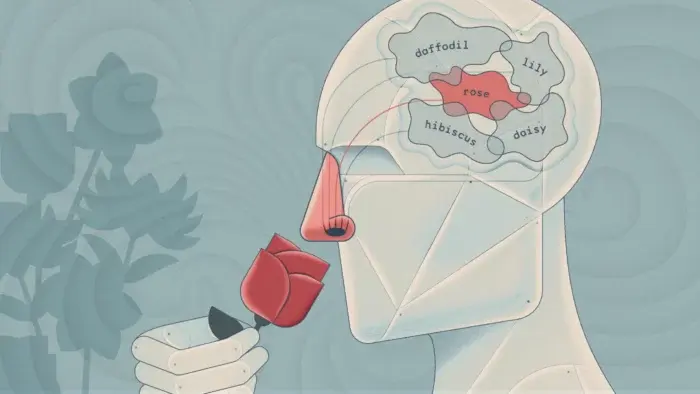Scientists used AI to guess scents from compound structures. While many might think there is nothing odd, in fact, this is a big step for the smell tech. This new tech’s descriptions mimic experts, unlocking the potential for making synthetic scents and studying our smell-brain connection. With advanced scent prediction, many options arise. But right now, no one sells this tech.
Smell, a unique sensory perception, provides a direct link between sensory data from our nostrils and memory and affective regions of the brain. Scholars at Osmo in Cambridge, Massachusetts, built a neural network AI to explore how a molecule’s structure connects to its scent. It used 5,000 odor chemical structures, giving them labels like ‘fruity’ or ‘grassy,’ changing how we do scent prediction.
Scent Prediction: Exploring AI and Our Sense of Smell
A Principal Odor Map (POM) formed using 250 links between chemical structures and smells. It improves our scent prediction. To validate the POM, 15 people were trained to associate odors with the AI’s descriptive phrases. The researchers then presented 323 unique odors, and both humans and the AI were asked to predict what they would smell like. To our surprise, AI often matched human responses, showing its scent prediction was accurate.

This new tech could help many industries, like food and cleaning products, using scent prediction. But it doesn’t reveal everything about how our noses work, like how chemicals interact with our 350 smell receptors.
The AI can guess new smells, great for perfumes. Like saving photos and sounds, scientists want to save smells, creating eco-friendly flavors and scents with scent guessing.
Despite this amazing development, more work needs to be done to digitize odors for practical use, but the future of scent prediction looks promising. This AI smell guessing system helps us understand scent complexity better and use it creatively.





